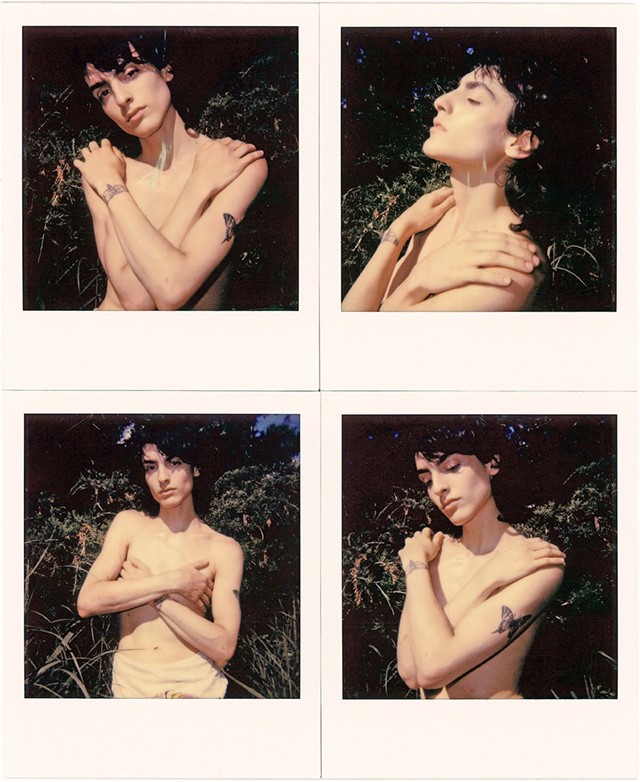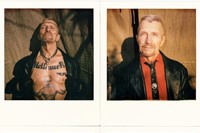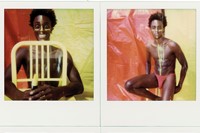“I see my photography as a form of political activism and protest against systemic bigotry and censorship,” says Mogutin, who is currently showing Polaroid Rage and Black Is Beautiful at Galerie Kernweine in Stuttgart, Germany
Photographer, poet, and Russian dissident Slava Mogutin rose to prominence in the 90s as one of the foremost voices of the post-Perestroika news journalism. The only openly gay figure in the Russian media, Mogutin used his platform to challenge taboos against homosexuality and call out hypocrisy.
The government retaliated against Mogutin in two highly publicised criminal cases, charging the young writer with “malicious hooliganism with exceptional cynicism and extreme insolence”. After attempting to officially register the first same-sex marriage in Russia in 1994, Mogutin was forced to flee his native land. The following year, at the tender age of 21, he became the first Russian granted political asylum in the United States on the grounds of homophobic persecution.
“I see my photography as a form of political activism and protest against systemic bigotry and censorship,” says Mogutin, who is currently showing Polaroid Rage and Black Is Beautiful at Galerie Kernweine in Stuttgart, Germany. The works are a timely response to our current climate. “I feel like I paid my dues as a taxpaying citizen to be able to address the evils of Trump’s America the same way as I’ve been speaking out against the evils of Putin’s Russia.”
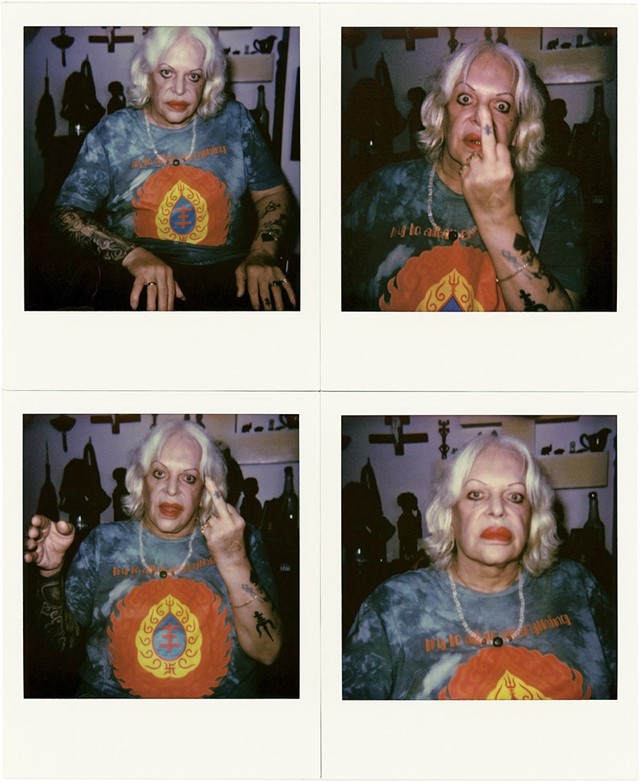
Shot over the past two years in New York, Los Angeles, and Berlin, Polaroid Rage features portraits and nudes of Mogutin’s contemporaries including Genesis P-Orridge, Jordan Hall of Boy Radio, Latex Lucifer, Buck Angel, Brian Kenny, Durk Dehner, and Mogutin’s girlfriend and muse, trans artist and model Maxima Cortina.
“For me photography is always about collaboration. It’s a moment, mood and emotion you share with the person you capture,” Mogutin says. “I mostly work with friends – people who are aware of my work and aware of themselves, people with strong personalities and identities, comfortable with their bodies and sexuality. For me diversity is the key – in terms of gender, race, age, nationalities. The main focus of my work is queer youth but I always pay tribute to my heritage, the queer elders who came before the internet and social media.”
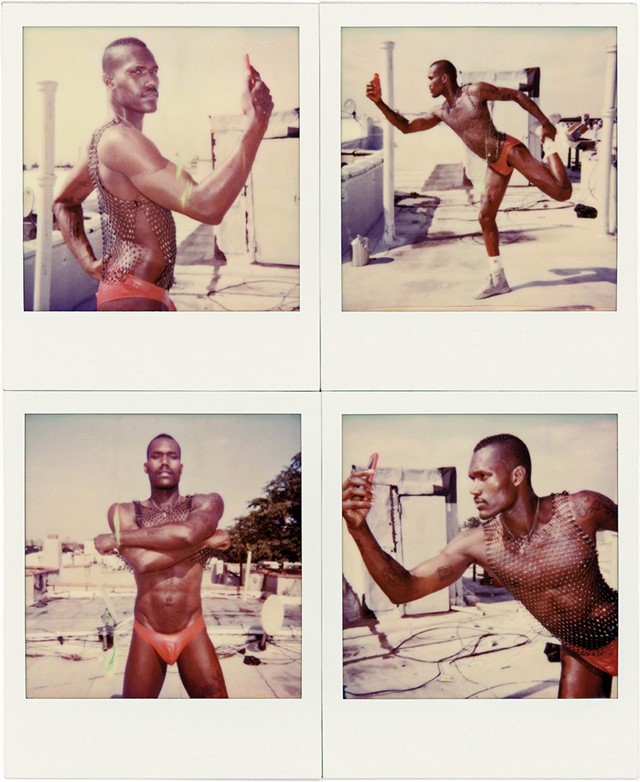
The second series, Black Is Beautiful, takes its title from Kwame Brathwaite’s 1960s cultural movement, which created a space for the celebration of African features and aesthetics using Black-owned businesses and platforms. “Black visibility in mainstream culture today is as important as it was back in the 60s, and as important as queer and trans visibility,” says Mogutin.
“I’ve been putting people of colour front and centre in my work for many years. With my show in Stuttgart I wanted to make a statement of solidarity with Black Lives Matter,” Mogutin continues. “In my 25 years in America, I haven’t seen this country so divided and polarised. I could never imagine that my adopted home could become a place where our fundamental rights and freedoms are under a constant attack from our own government. At the time when trust in politics and our institutions is undermined and compromised, it’s more important than ever to fight for our rights and stand up to bigotry, hatred and censorship of all kinds. When the system rejects us, we must reject the system.”
Slava Mogutin: Polaroid Rage and Black Is Beautiful at Galerie Kernweine in Stuttgart, Germany, through November 22, 2020.
